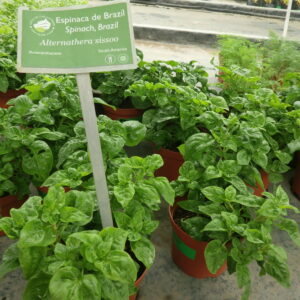Thyme
₡2,550.00
Scientific name: Thymus vulgaris
Family: Lamiaceae
Origin: Mediterranean
Medicinal use: Thyme can also be taken as an infusion to combat problems such as stomach pain, diarrhea, or as a diuretic, eliminating toxins through urine. It is also advisable in cases of asthma, sore throat and cough. Also, its juice is used as a bactericide for mouthwashes.
2 in stock
Related products
-
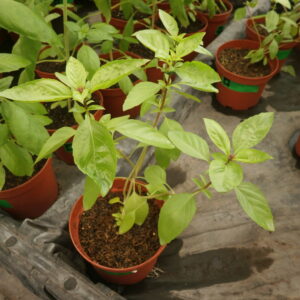
Basil, Thai
Culinary Garden ₡1,900.00 Add to cart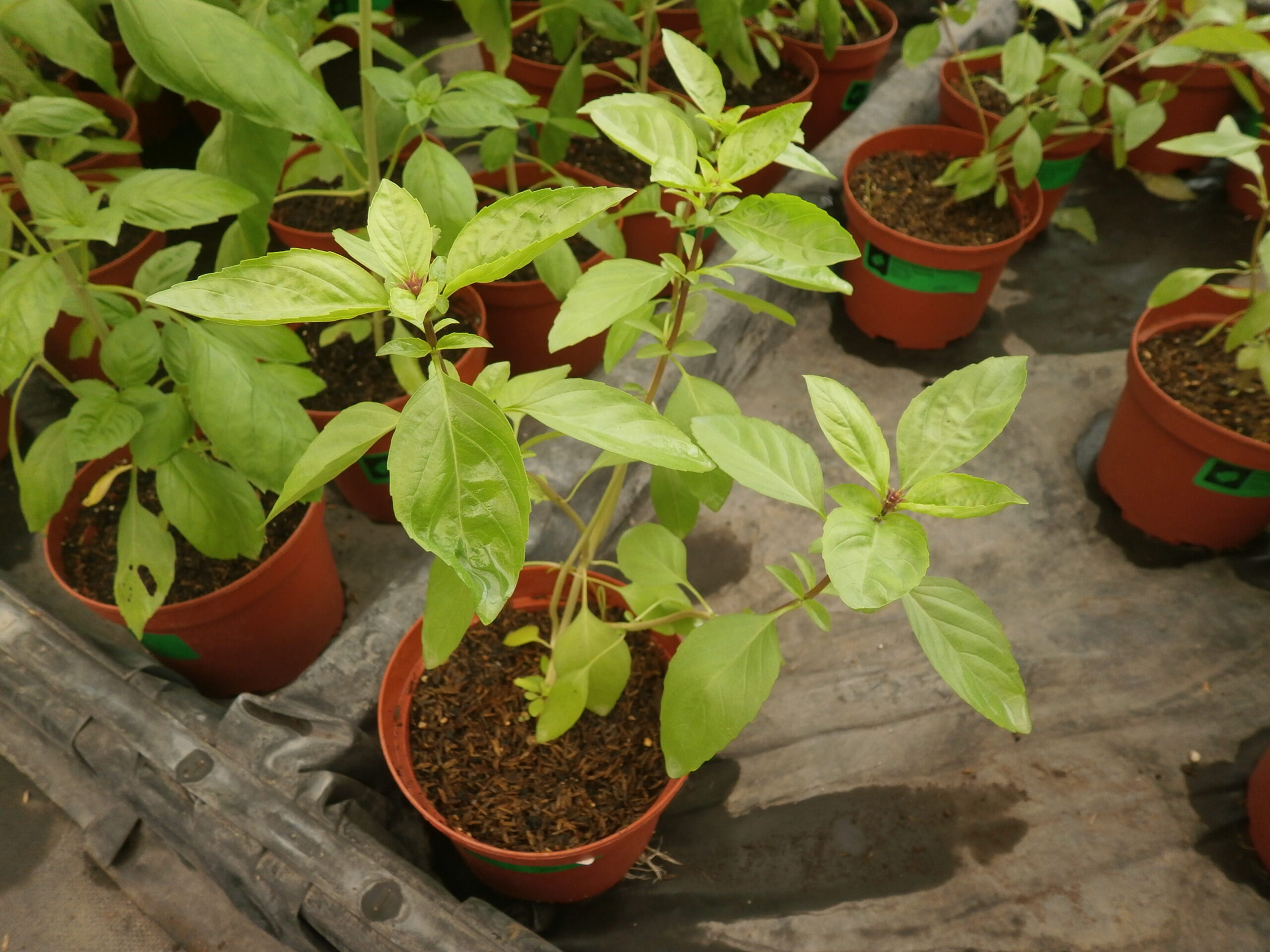
Basil, Thai
₡1,900.00
SKU: 0111 Category: Culinary GardenScientific name: Ocimum basilicum
Family: Lamiaceae
Origin: SE Asia
Medicinal use:Its flavor is highly described and argued, the first flavor that we will recognize is that of anise and we will notice hints of licorice, along with a spicy and sweet flavor. Gastronomy: It withstands high temperatures better than any other type of basil, including its simile, sweet basil. It is very typical in the dishes of Laos, Vietnam, Cambodia, and, of course, Thailand.
47 in stock
-
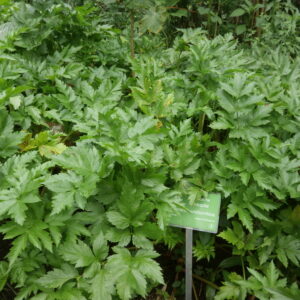
Arracacha
Culinary Garden ₡1,900.00 Add to cart
Arracacha
₡1,900.00
SKU: 0220 Category: Culinary GardenScientific name: Arracacia xanthorrhiza
Family: Apiaceae
Origin: S America
Medicinal use:The uses of arracacha are very similar to those of potatoes. This tuber is used in South American gastronomy to prepare various dishes, soups, stews, meatballs, cakes, gnocchi, purees and garnishes. The arracacha provides a special flavor and color to the dishes. The young stalks can be consumed in salads. Given its nutritional value, the consumption of arracacha is recommended in the diet of children, the elderly and convalescent.
15 in stock
-
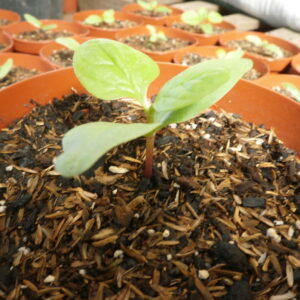
Spinach, Malabar Red
Culinary Garden ₡1,900.00 Add to cart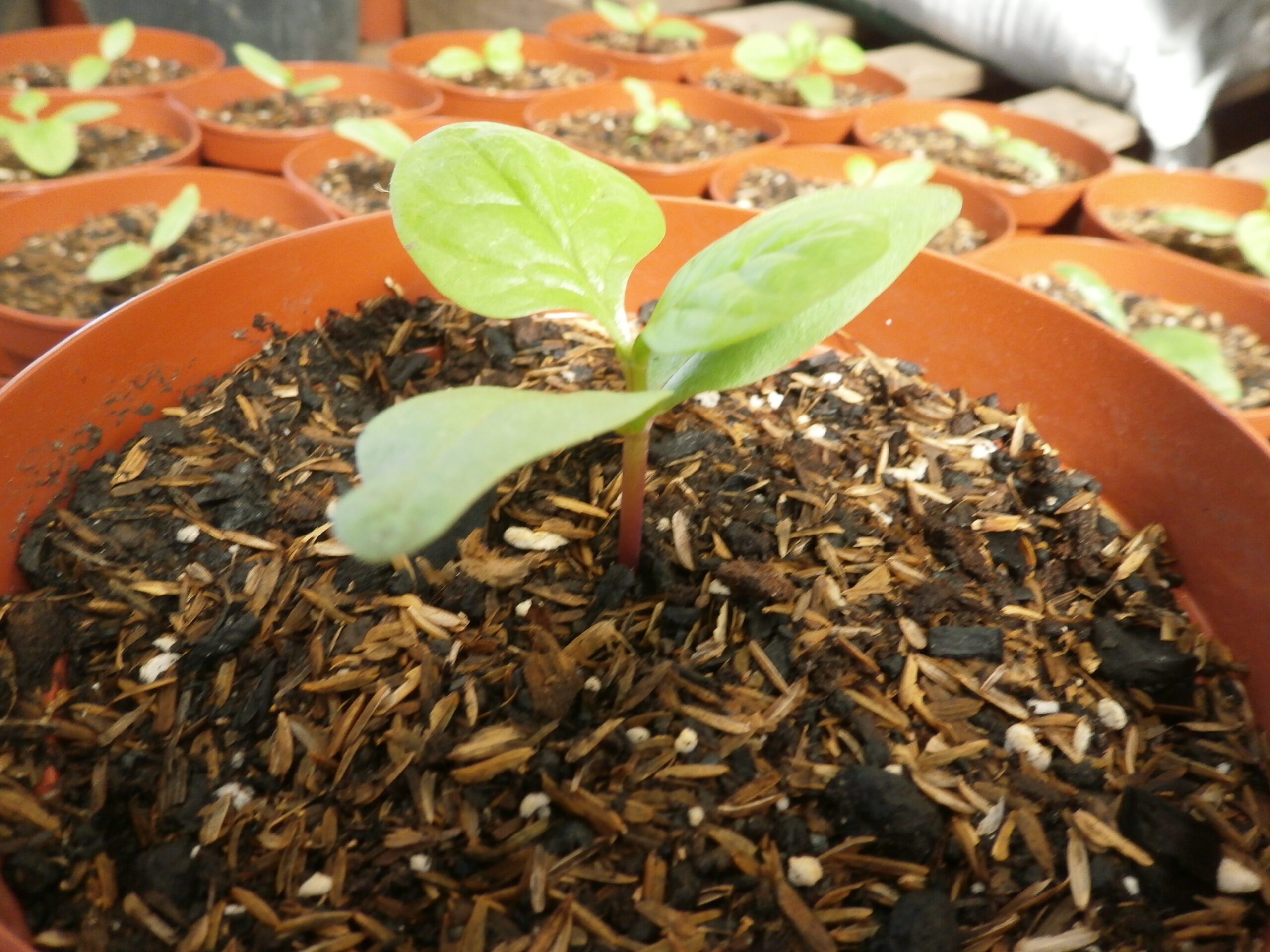
Spinach, Malabar Red
₡1,900.00
SKU: 0710 Category: Culinary GardenScientific name: Basella rubra
Family: Basellaceae
Origin: India
Medicinal use:Perennial, ornamental and edible climbing plant. Its leaves are a good source of vitamin A, vitamin C, iron, and calcium. It grows well in abundant light and takes on pink tones in the sun. It does not tolerate cold, its flowers attract bees, it is widely used in gastronomy, being fast growing and easy to care for. It is not very demanding with the light it receives, adapting well to short periods of drought
22 in stock
-
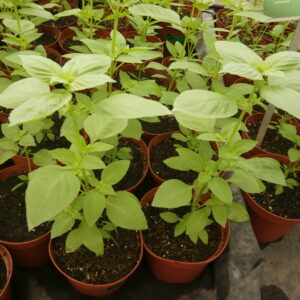
Basil, Lemon
Culinary Garden ₡1,900.00 Add to cart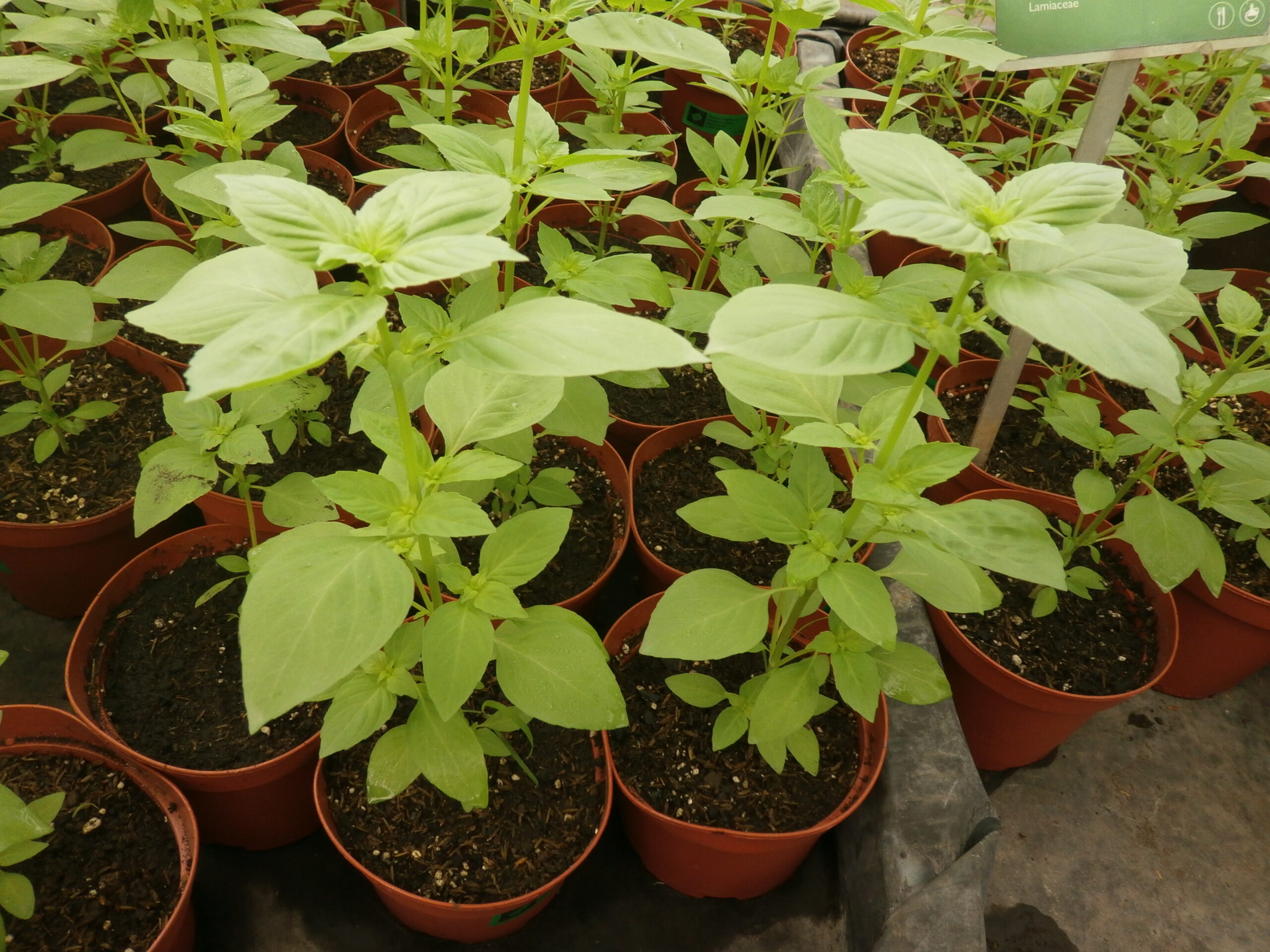
Basil, Lemon
₡1,900.00
SKU: 0100 Category: Culinary GardenScientific name: Ocimum basilicum
Family: Lamiaceae
Origin: S Asia and NE Africa
Medicinal use: In Laos, lemon basil is widely used in curries, stews, and fried dishes as it is the most commonly used type of basil in Laos. Many of the stews of Lao cuisine require the use of lemon basil. It is often eaten raw in salads or lalap (raw vegetables) and accompanied by sambal. Lemon basil is often used to flavor certain Indonesian dishes, such as curries, soups, stews, or steamed or grilled dishes.
35 in stock


